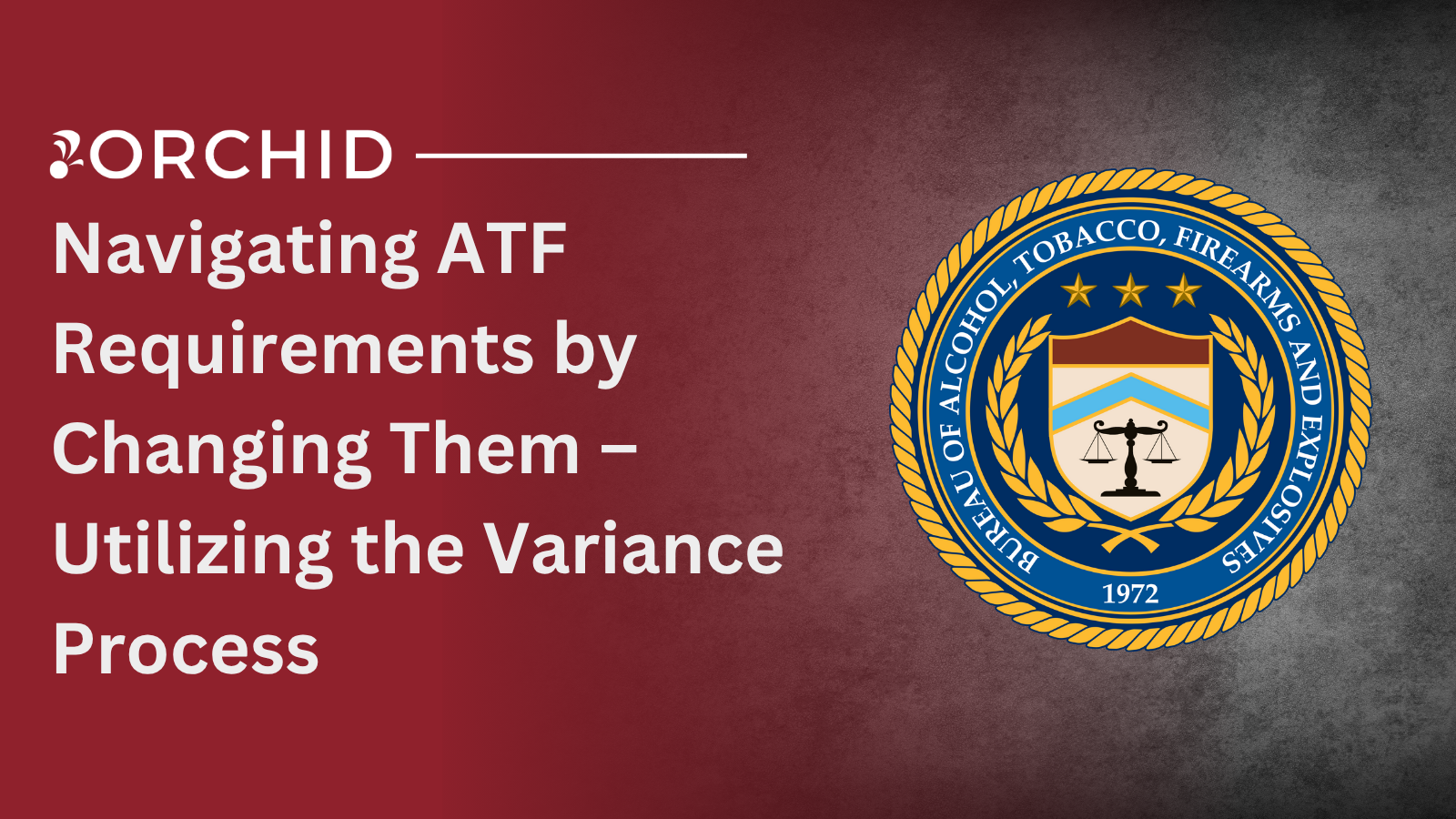Many people believe that Federal bureaucratic agencies – the ATF for purposes of our discussion – are free to impose any restriction or control upon the businesses they regulate. Although some agencies do exceed their statutory authority (and then are sued for doing so), they are largely bound by laws passed by Congress that addresses the subject matter they regulate. Thus, the regulations that agencies impose are what the agency interprets as what Congress would adopt if Congress were to get “into the weeds” of the industries the agencies are tasked with regulating.
Within the statutory authority granted by Congress, the ATF does have some flexibility in their implementation of the “intent of” Congress. This is a practical necessity for multiple reasons. Not the least of is the fact that laws passed by legislatures are often ambiguous and are passed after the compromises made by hundreds of individuals.
The ATF exercises their flexibility by way of the “variance.” Many FFLs are very familiar with the Marking Variance. It has been used so often that the ATF created a standard Form (ATF Form 3311.4) through which FFLs may request a Marking Variance. For those who are unfamiliar, a marking variance enables firearms manufacturers to procure firearms or firearm frames/receivers from other sources, rather than manufacturing them in-house. Under existing regulations the source would have to apply their name but the marking variance allows the source to engrave the name and other markings of the manufacturer who will ultimately assemble and sell the firearm. Thus, variances effectively allow FFLs to comply with the law by “changing” the law.
While the Marking Variance is the most common, were you aware that FFLs may obtain different variances from ATF to modify their obligations under other regulations? Permission to seek variances is specifically provided for in ATF Regulations (see 27 CFR Sections 478.22, 479.26, and 555.22) and certain ATF Rulings provide for variances from the ATF regulations (see e.g., ATF. Rulings 2022-1, 2016-5, 2016-4, 2016-2, 2016-1, etc.).
How Does an FFL Obtain a Variance to Use
Variance requests are not automatically granted for whatever an FFL desires. They also cannot be obtained to wholly avoid ATF requirements (e.g., you cannot obtain a variance to manufacture a firearm without any serial number or identifying markings). Generally speaking, to obtain a variance an FFL must demonstrate the following to ATF:
- There is good cause to approve of the variance.
- The variance requested is consistent with the effect intended by the regulatory requirement sought to be modified.
- The result of the proposed variance would be largely equivalent to the existing regulatory requirement.
- The proposed variance is not contrary to any provision of law.
- The proposed variance will not result in an increase in cost to the Government, or hinder ATF’s administration of its statutory mandate.
Although an FFL may demonstrate all the above in its variance request, that still does not mean the FFL’s request will be approved. Stated another way, “variances are may issue rather than shall issue”. They are issued in the ATF’s discretion. However, provided the asserted good cause is strong enough, and the regulatory scheme is largely adhered to, there is a good chance of receiving approval of a variance request.
Variances Can Be Revoked
Upon approval of a variance request, ATF will issue the FFL a letter that will include the specific terms of the variance as well as any other terms or conditions they may impose. These additional terms and conditions are issued to ensure the regulatory scheme is kept intact notwithstanding the variance. If an FFL is issued a variance for any reason, it is imperative the additional terms and conditions are followed as are the requested procedures. ATF may withdraw the variance at any time if the FFL has violated any of the terms or if it believes the effective administration of its statutory responsibility is being hindered by the continuation of the variance.
The regulations state that a variance may be issued “in lieu of a method or procedure specifically prescribed” by regulation. Thus, FFLs may request a variance from any of the ATF regulations. A few examples of variances are:
- Marking – foregoing placing your markings on a firearm or frame/receiver
- Licensing – multiple locations covered by a single license
- Recordkeeping – alternate structures of A&D Books
If a certain regulatory requirement poses a great expense to an FFL and the FFL believes it has a better procedure that would satisfy the regulatory objective, it can put together a proposal to request variance from that requirement. The proposal should be detailed enough to allow ATF to weigh the standard requirement against the proposed variance, and determine that the variance would satisfy all regulatory goals.
Orchid is Here to Help
We’ve been through the variance process many times for our clients. We can discuss your business objectives and burdens with you to determine a better solution. Contact Orchid Advisors today for all of your FFL Compliance needs.







0 Comments